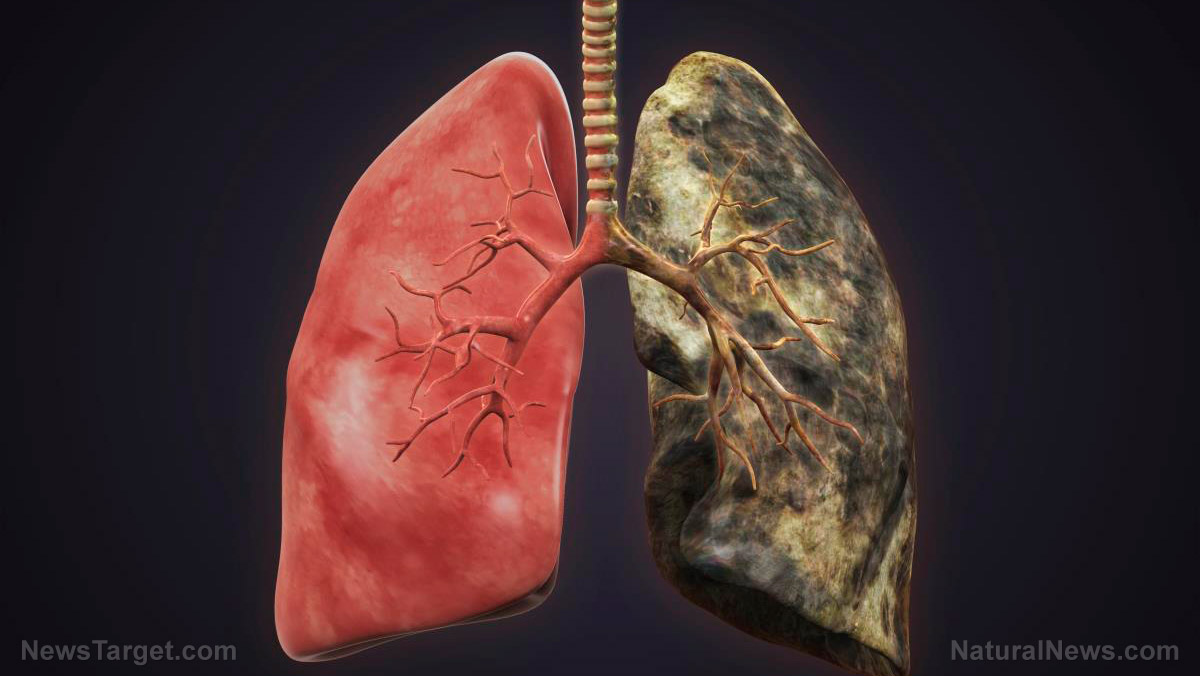Researchers study how pepper-rosmarin essential oil inhibits the growth and germination of conidia of Bipolaris maydis
03/25/2020 / By Evangelyn Rodriguez

In this study, researchers from the Federal University of Tocantins in Brazil evaluated the efficacy of four different essential oils in inhibiting the mycelial growth and the germination of the conidia of Bipolaris maydis. Their findings were published in the Journal of Medicinal Plants Research.
- Natural plant disease control agents represent a great option with beneficial effects on both human and animal health as well as ecosystem balance.
- Despite numerous studies on botanical fungicides, their effective use still requires knowledge about the applicability of natural products to different production systems.
- For their study, the researchers evaluated the potential of essential oils from Ocimum pupuraceus (purple basil), Cymbopogon nardus (citronella), Cymbopogon citratus (lemongrass) and Lippia sidoides (pepper-rosmarin) as natural fungicides using gas chromatography and phytotoxicity analyses.
- They reported that the essential oil of pepper-rosmarin was effective in inhibiting mycelial growth and conidial germination at concentrations of five and one percent, respectively.
- The main active component of the pepper-rosmarin essential oil was thymol (92.68 percent).
- The researchers also found that at concentrations between 0.75 and three percent, pepper-rosmarin essential oil is phytotoxic to maize plants.
- On the other hand, the oil reduced the severity of bipolaris leaf spot in plants by more than 54 percent at a concentration of 0.1 percent.
Based on these results, the researchers concluded that pepper-rosmarin essential oil can be used to prevent or control bipolaris leaf spot and mycelial growth in maize.
Journal Reference:
Dalmarcia DSCM, Micaele RDS, Joao VLDR, Talita PDSF, Pedro RAO, Eduardo RDS, Damiana BDS, Paulo HT, Fabrício SC, Gil RDS. FUNGISTATIC ACTIVITY OF ESSENTIAL OILS FOR THE CONTROL OF BIPOLARIS LEAF SPOT IN MAIZE. Journal of Medicinal Plants Research. 2019;13(12):280–287. DOI: 10.5897/jmpr2019.6781
Tagged Under: agriculture, bipolaris leaf spot, Bipolaris maydis, crops, ecosystem, environment, essential oils, fungicides, harvest, natural fungicides, organic farming, pepper-rosmarin, phytonutrients, plant diseases, Plants, prevention, research



















